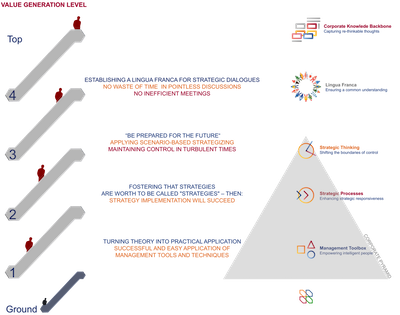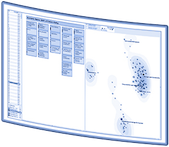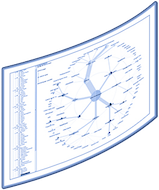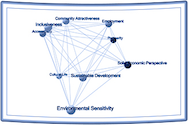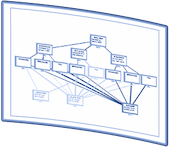Porter’s Five Forces analysis is a framework to analyze the level of competition within an industry linked to business strategy development. It draws upon industrial organization (IO) economics to derive five forces that determine the competitive intensity and therefore the potential attractiveness of a particular market. Attractiveness in this context refers to the overall industry profitability.
An "unattractive" industry is one in which the combination of these five forces acts to drive down overall profitability. A very unattractive industry would be one approaching "pure competition", in which available profits for all firms are driven to normal profit.
http://en.wikipedia.org/wiki/Porter_five_forces_analysis
EIDOS allows for the rapid analysis of the factors related to Porter's Five Forces while providing the Snapshots feature to document the derived findings, insights and comments. An idea list of threats and influencing factors adds additional value and can be used either as a quick-start or to cross-check own results for completeness.

